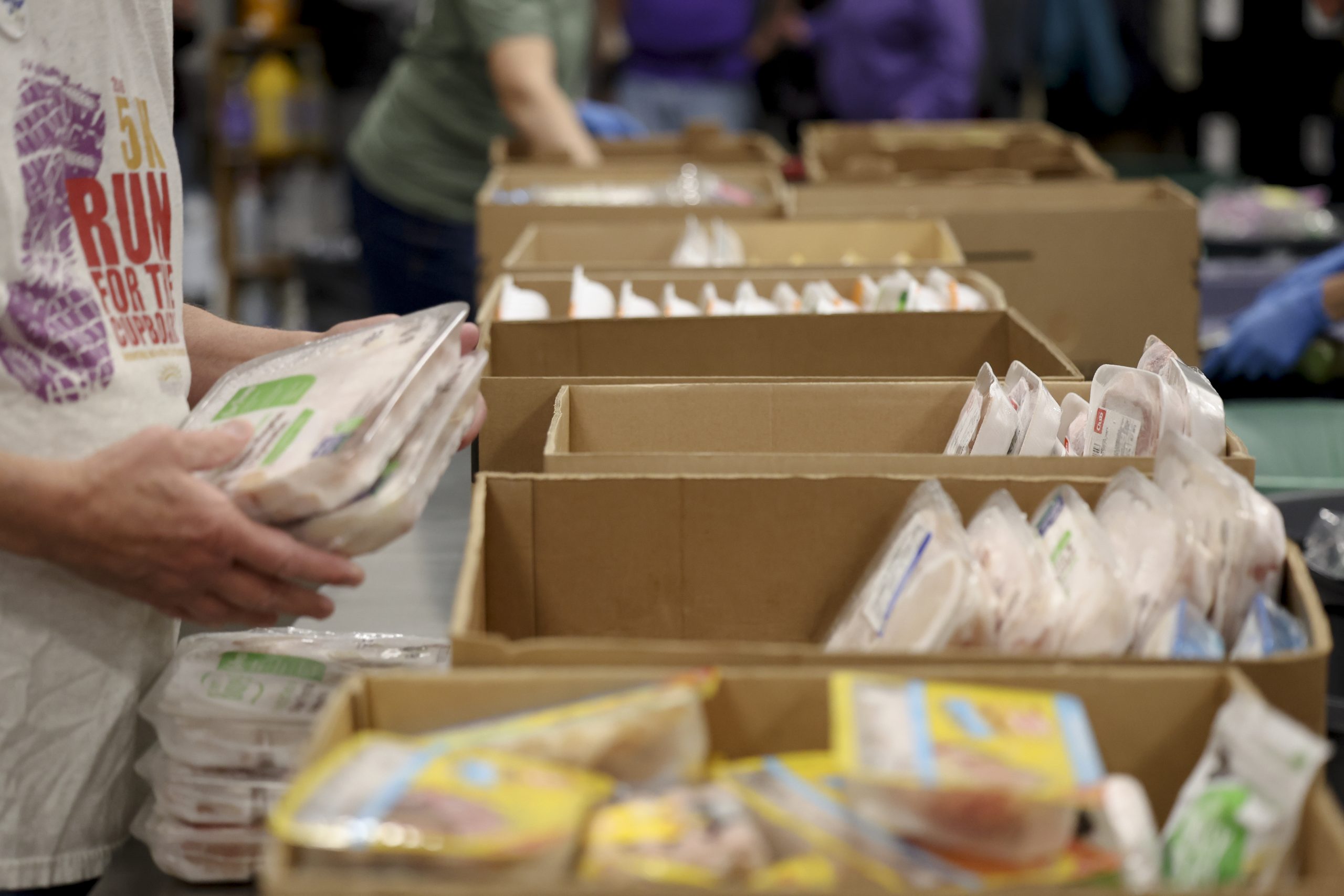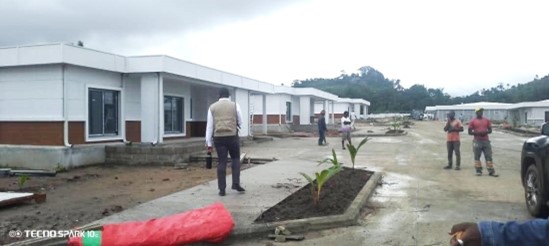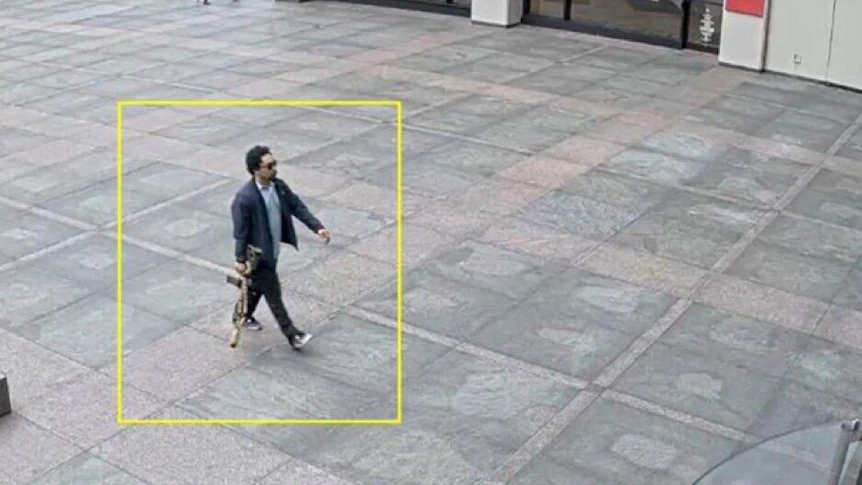Copyright minnpost

On Day 27 of the federal government shutdown, Gov. Tim Walz announced state funding Monday to help Minnesotans who receive monthly Supplemental Nutrition Assistance Program (SNAP) benefits. The $4 million in state aid, though, is the equivalent of crawling under the couch for rent money relative to the $1.7 billion annual federal hunger program that helps feed 440,000 Minnesotans. At The Open Door Pantry, a food pantry in Eagan, Walz blamed President Donald Trump, who continues the construction of a White House ballroom during the shutdown, and Congressional Republicans, whose refusal to extend an enhanced version of Affordable Care Act tax credits led to an impasse in budget talks, as the culprits for Minnesotans who might go hungry. Related: The shutdown threatened to close dozens of Head Start centers. Then the state stepped in. “People are going to be lined up here to get food and we’re talking about a ballroom,” Walz said. “Don’t lose the plot.” Come November, the shutdown’s impacts are expected to broaden from affecting mostly federal employees to include recipients of longstanding federal aid programs for food and home heating. So far, Walz and state lawmakers have found limited answers to what, if anything, they can do to help. The U.S. Department of Agriculture provides the money for SNAP, while states administer the program. Minnesota is unusual in that its 87 counties run the program with supervision from the state Department of Children, Youth and Families as well as the Department of Human Services. Tikki Brown, commissioner of the Department of Children, Youth and Families, said at the food pantry event that The Food Group, a New Hope-based nonprofit “will distribute [the $4 million] to the 300 food shelves across the state.” Brown said the emergency money is coming from two sources: The Family First Prevention Services Act, a general child welfare fund, and the DHS Human Services Fund. “Our goal is to make sure these benefits are in people’s hands at the food shelf by the fourth,” Brown said, explaining that is when Minnesotans’ SNAP electronic benefits transfer card is normally replenished. The Human Services Fund “will be completely empty after we move it over,” Brown said. The Family First Prevention Services Act pot will have some money left, but not enough to make a dent. The Legislature appropriated $4 million total to that fund this fiscal year, Brown said. Brown said that the federal Agriculture Department can tap into its own emergency funds. Related: Officials warn SNAP recipients there’s ‘no guarantee’ of November benefits and little the state can do But federal officials told the state Saturday “that any funding that we put into replacing SNAP benefits would not be reimbursed,” Brown said. What other money is lying around? Well, Walz said he would not soon tap into a “rainy-day fund” which reportedly sat at $3.6 billion in the spring before brutal negotiations over a two-year state budget. The governor, who did not say what is left in the rainy-day kitty now, said that he would rather go back to the Minnesota Legislature first before tapping into the fund. The Legislature, though, does not convene until February. Walz has the power to call the Legislature back into a special session before then with the express aim to appropriate money for SNAP and other federally funded programs. But the governor said that his failure to get lawmaker consensus for a special session on an assault weapons ban makes him leery about that option. “I think this one would be even more difficult to have [Republicans] come back,” Walz said.



